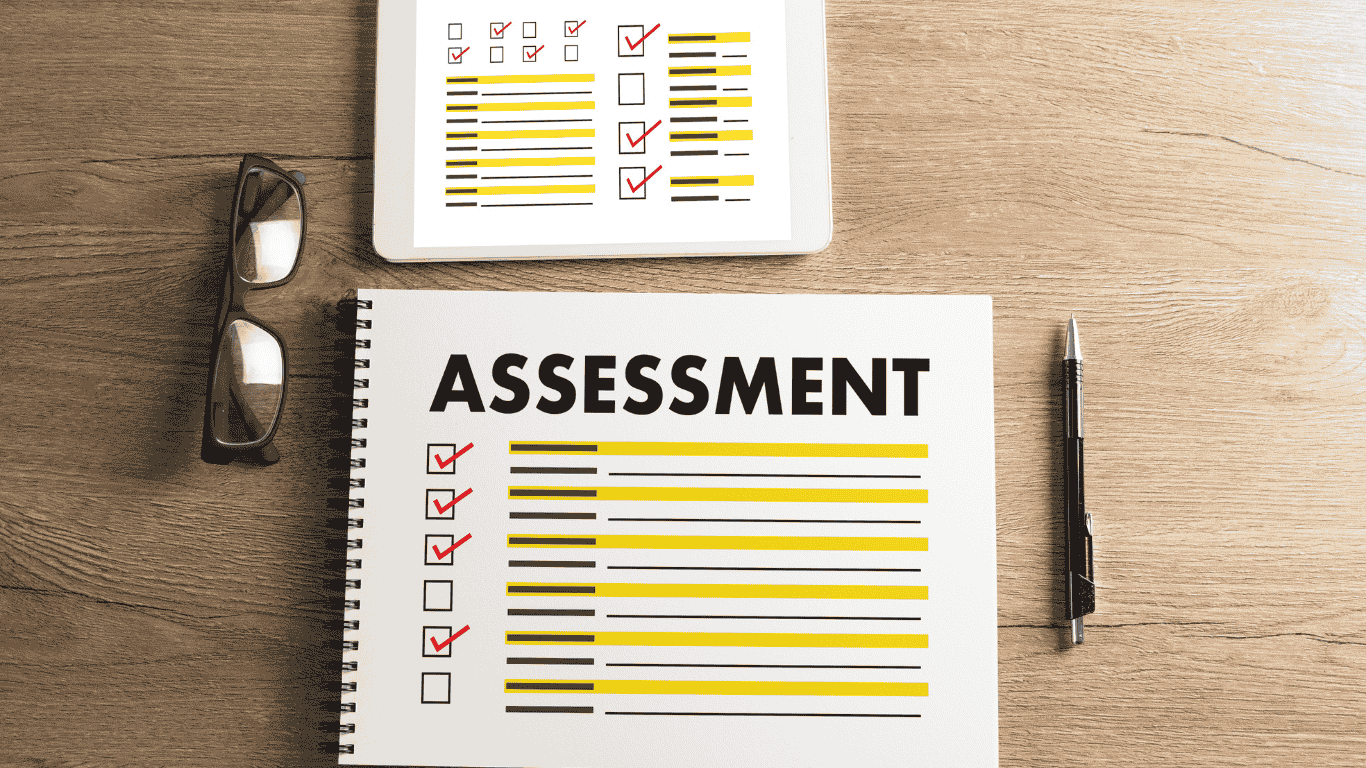Class 10 CBSE grading system 2024-25




The CBSE Class 10 grading system uses a 9-point scale to reduce stress, with grades from A1 to E2. It combines 80 marks for theory and 20 for internal assessments, encouraging overall growth.
The CBSE Class 10 grading system uses a simple 9-point scale. Instead of exact marks, students are graded from A1 to E2. An A1 grade for scores between 91 and 100 shows excellent performance and equals a grade point of 10. Scores below 20 fall under E2.

The system combines 80 marks for theory exams with 20 marks for internal assessments, encouraging academic and extracurricular growth. To calculate your CGPA (Cumulative Grade Point Average), add the grade points of all subjects and divide by the total number of subjects. You can easily convert CGPA to a percentage by multiplying it by 9.5.
Students with an A1 grade are among the top 1/8th of performers. This grading system focuses on reducing exam pressure and supporting well-rounded learning. Understanding how the grades work will help you aim higher with confidence!
The grading system for Class 10 follows a 9-point scale, with A1 being the highest grade for passed students. The grades are in the table below.
Grades | Qualification |
A-1 | Top 1/8th of the passed candidates |
A-2 | Next 1/8th of the passed candidates |
B-1 | Next 1/8th of the passed candidates |
B-2 | Next 1/8th of the passed candidates |
C-1 | Next 1/8th of the passed candidates |
C-2 | Next 1/8th of the passed candidates |
D-1 | Next 1/8th of the passed candidates |
D-2 | Next 1/8th of the passed candidates |
E | Failed Candidates |
Each grade is linked to a specific number of points based on the student's marks. This helps create a consistent way of grading across different schools and areas. Refer to the table below.
Marks Range | Grade | Grade Point |
91-100 | A1 | 10 |
81-90 | A2 | 9 |
71-80 | B1 | 8 |
61-70 | B2 | 7 |
51-60 | C1 | 6 |
41-50 | C2 | 5 |
33-40 | D | 4 |
21-32 | E1 | Fail |
0-20 | E2 | Fail |
| Grade | Description |
A | Excellent performance and a great understanding of the subject. |
B | Good performance with a solid understanding of the subject. |
C | Satisfactory performance with a basic understanding of the subject. |
D | Below-average performance with a limited understanding of the subject. |
E | Poor performance with very little understanding of the subject. |
F | Fails to meet the required standards to pass the subject. |
The CBSE Class 10 grading system has two parts:

Internal assessment or Practical marks are as important as theory exam marks for every subject. These marks are out of 20 and depend on how well you understand the subject and your participation in class activities. The practical marks are given based on the table given below:
Attendance | Ensure you have at least 75% attendance |
Internal Exams | Pass all internal exams to meet the requirements. |
Discipline | Show good behavior and a positive attitude in class. |
Extracurricular | Take part in classroom and extracurricular activities. |
Assignments | Finish and submit all assignments on time. |
CGPA stands for Cumulative Grade Point Average. It shows the average of the grade points earned in all main subjects, giving an overall view of a student's performance.
To calculate CGPA, add up the grade points for all main subjects and divide the total by the number of subjects. It’s an easy way to track academic progress.

CGPA = Sum of Grade points obtained in all main subjects/the total number of Subjects
For Example:
CBSE Subject | Grade Points |
Subject 1 | 10 |
Subject 2 | 8 |
Subject 3 | 9 |
Subject 4 | 7 |
Subject 5 | 8 |
Total | 42 |
Steps | Calculation | Results |
Add grade points | 10+8+9+7+8 | 42 |
Divide by 5 | 42/5 | 8.4 |
Calculate CGPA | 8.4 | |
Convert to Percentage | CGPA x 9.5 | 79.8 |
.png)
The grading system for class 10, 2025, is designed to reduce stress and focus on overall development. It emphasizes skill-based assessments and well-rounded learning, giving students a fair path to success.
By understanding how CBSE grades work and preparing in the right way, students can confidently reach their goals. For parents and teachers, this system provides a clear view of a student’s academic and co-curricular progress.
At Interval Learning, we offer a crash course to help Class 10 CBSE students succeed. Enroll now and get the support you need to excel!
The CBSE grading system uses a 9-point scale, with grades ranging from A1 (the highest) to E2 (failure). It evaluates students based on their marks, internal assessments, and overall performance.
CGPA stands for Cumulative Grade Point Average. It’s the average of the grade points you get in all main subjects. Formula: CGPA = (Total Grade Points in Main Subjects) ÷ Number of Subjects.
Yes, the grading system is the same for all CBSE-affiliated schools, making sure it is consistent and fair everywhere.